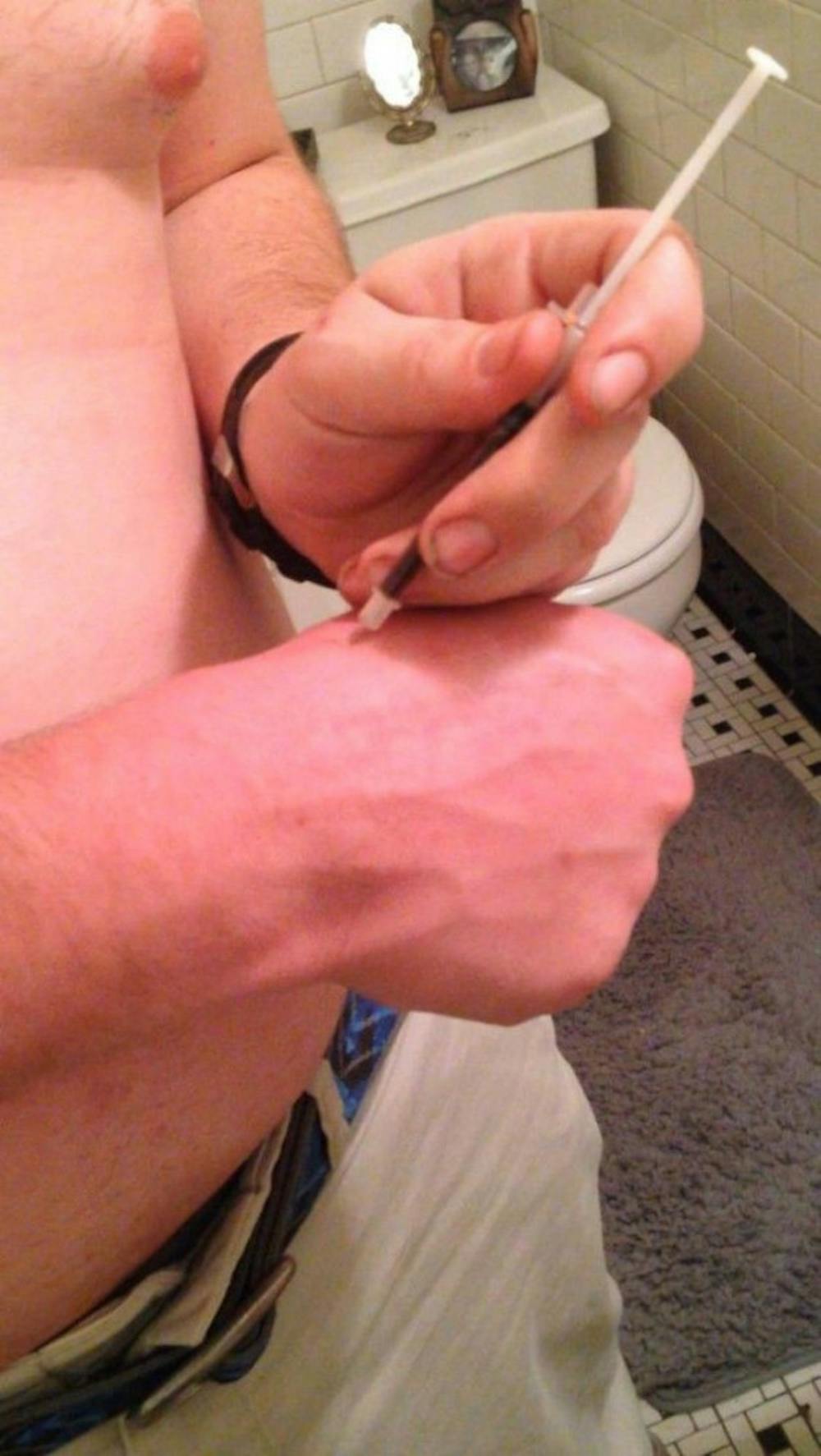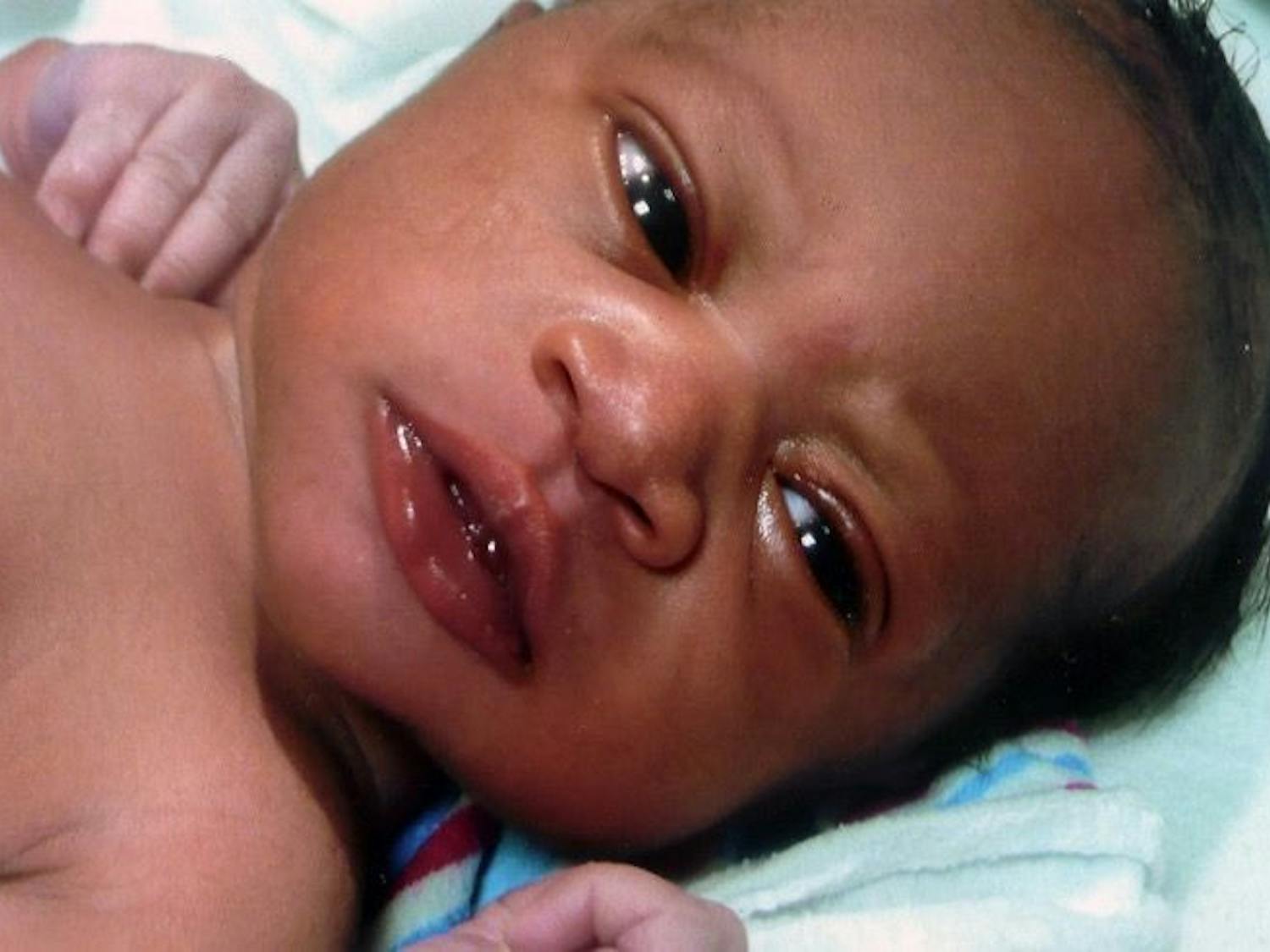In an effort to combat the growing epidemic of prescription drug abuse, the Food and Drug Administration approved an injection-style device Thursday that gives family members and caregivers of users the ability to administer medication to reverse the effects of a drug overdose.
The injector-device Evzio will administer the drug naloxone, which has been used to reverse respiratory depression that occurs in an opioid overdose for over 40 years, and is the first of its kind available to non-healthcare professionals for use in suspected opioid overdose situations.
Until now, naloxone has only been available to patients experiencing an overdose in ambulances and hospital settings.
Opioid overdose mortality is a rapidly growing public health concern, according the Center for Disease Control.
To reduce opioid overdose fatalities, the CDC recommends providing opioid overdose education and naloxone to individuals who use opioids and to individuals who might be present at an opioid overdose.
Evzio is expected to be available this summer to those with a prescription from a healthcare professional.
The Evzio device, small enough to be carried in a pocket, delivers verbal instructions when turned on telling the user how to deliver the medication. It can be injected into the muscle or under the skin.
An opioid is a narcotic analgesic, or pain reliever, that depresses the central nervous system. The most common opioids are opium, codeine, morphine, fentanyl, OxyContin and heroin.
Heroin, the most abused and rapidly acting opioid, can be injected, smoked or snorted by its users, according to the Institute for Substance Abuse Treatment Evaluation.
An estimated 2 to 21 million people worldwide abuse opioids, with 1.9 million people in the U.S. addicted to prescription opioid pain relievers in 2010 and 359,000 addicted to heroin, according to the National Institute on Drug Abuse.
The ability for caregivers or family members to administer medicine to a user who has overdosed could mean life or death because in most cases users will experience a loss of consciousness.
A former University of Memphis student, who wishes to remain anonymous, said naloxone administered by EMTs saved his life five years ago.
"I overdosed on Xanax and heroin at a friend's house and thankfully my girlfriend at the time called 911," he said.
Once on site, EMTs administered naloxone and CPR, which brought him back immediately.
While he was lucky that day, many of his friends who also used heroin have not survived the deadly drug.
"This new drug, Evzio, could have potentially saved their lives," he said.
He tried heroin for the first time when he was 19 years old, snorting it, but didn't use it intravenously-when addiction really set in-until a few years later. His close friends at the time introduced him to the drug.
"Then I started dating another user, and as you can imagine, when two people are using together its much worse," he said.
Now clean, he still goes to treatment, seeing a doctor on a regular basis as well as going to meetings.
"Opiates ruin lives," he said. "Not just the life of the user but the lives of all their friends and family. Any drug that can keep them around longer, possibly long enough to hear the voice of reason is a good thing."




